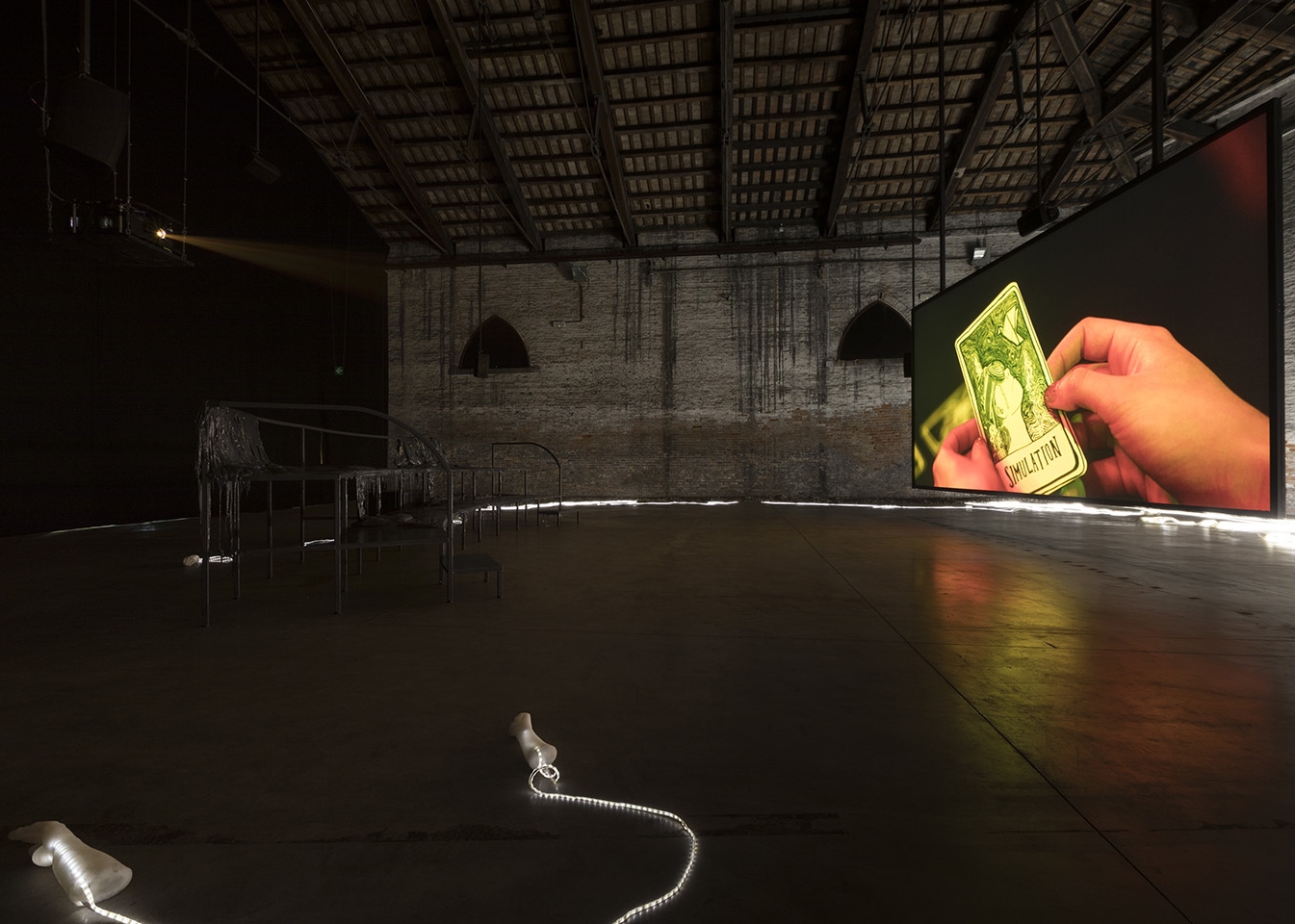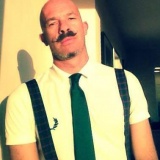
The 2017 Venice Biennale d'Arte his entitled "Viva Arte Viva" and is curated by Christine Macel. The setting for this edition is very interesting, because alongside the national pavilions that continue to grow (this year they are 86), nine "cross-pavilions" with particular themes cross both the content offered by the artists selected by the nations, as well as by the large Arsenal building areas. The most interesting are the "Pavilion of Artists and Books" and the "Pavilion of Time and Infinity". But the one very unique is the one that relates to almost all of the works exhibited inside and outside Arsenal's Artillery and Corderie: "The Shamans Pavilion".
Magic and vision are exhibited not only in the area dedicated to this "cross-pavilion", but also in many of the participating countries and in the 23 collateral events, first of all the one presented by Jan Fabre in the Abbey of San Gregorio where glass and bones are made up in ghostly presences linked to the territory.
The Italian pavilion is also part of this family of artists as Macel has called it, and borrowing the title "The Magic World" from a book by Neapolitan Ernst De Martino, presents the work and research of three artists : Giorgio Andreotta Calò, Roberto Cuoghi and Adelita Husni-Bey.
The three artists have in common the appropriation of magic as a cognitive and expressive medium, and then translate it into a world created by them through imagination, myth, ritual and beliefs. As in the rites described by De Martino, artists in their works stage crisis situations that have been resolved many times with transfigurations, aesthetic passages and divings in alternative worlds.
Roberto Cuoghi presents Imitation of Christ, a project that comes to life by an ascetic medieval text, which here becomes a factory of devotional figures distorted by the action of the Aspergillus, a mold that makes the figures all different, despite being created from the same plate.
In The Reading / The Sitting, Husni-Bey films a group of guys who discover a deck of tarot cards designed by the artist, showing representations of contemporary issues related to the earth such as exploitation, threat, value and vulnerability. Illuminated silicone hands surround the crowd immersed in the dark as a symbol of grasping and personal consumption of each of us.
Giorgio Andreotta Calò dives us into a two-story world, two stories overlaid, two planes reflected, with a perception play between submerged, immersed and emerging. The viewer passes through a forest of scaffolding tubes in an opaque darkness, suffocated by a low roof that ends with a staircase. On the scaffolding joints are attached bronze sculptures of large shells that evoke a submarine world: once we come up the stairs we arrive in front of a dreamlike, sensory and confusing space.
The trusses of the Tese delle Vergini, the part of the Venetian Arsenal hosting the Italian Pavilion, are duplicated and reflected on a surface as large as the entire pavilion. The surface is an immobile water, the effect is stunning because the mirror is perfect and the semi darkness creates a feeling of immersion without apnea. A powerful and mysterious Pavilion in this 2017 Biennial.



